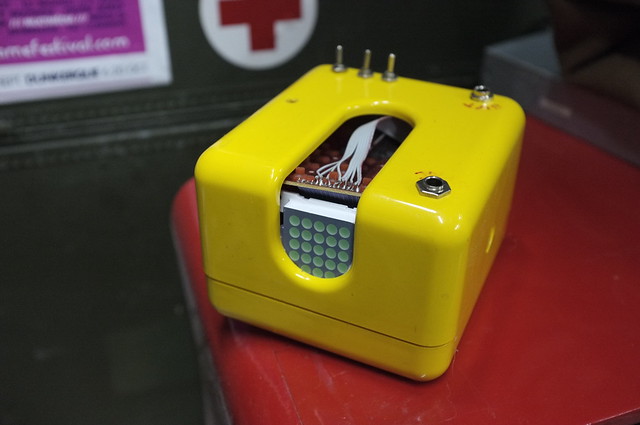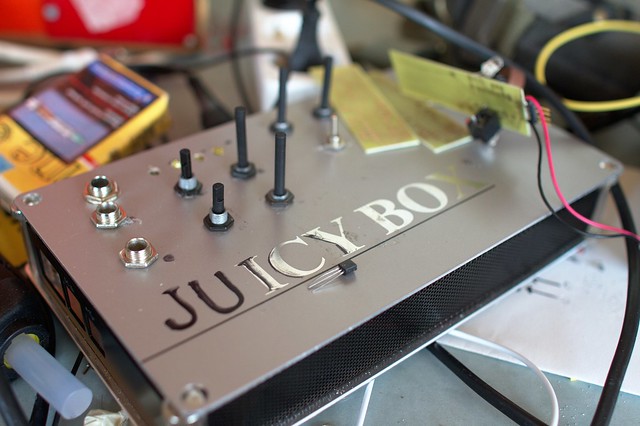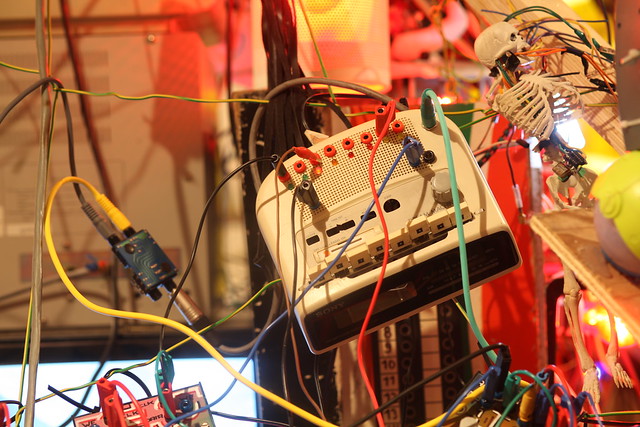 For producing simple rhythmic patterns with long pauses in between.
For producing simple rhythmic patterns with long pauses in between.
Based on binary counter and multiplexer, Dream Machine has 8 outputs and a combined output. At any time, exactly one output is active unless that output has been turned off with buttons in the front. Switching of outputs is controlled by external clock. There is also an auxiliary pulse input which can be turned on or off. When off, the whole sequence in controlled by the primary clock input. When on, control of one of the three bits that select output is transferred to the the auxiliary input.
A rotary switch on the panel allows for changing the sequence pattern. In basic mode, all outputs are cycled periodically, whereas other three modes give more complex pattern with various total lengths. With the rotary switch, different styles can be used select the total length of the pattern. Then the active outputs can be selected to fine-tune the pattern. If unpredictable or very long patterns are desired, the auxiliary input can be connected to complex output of some other sequencer.
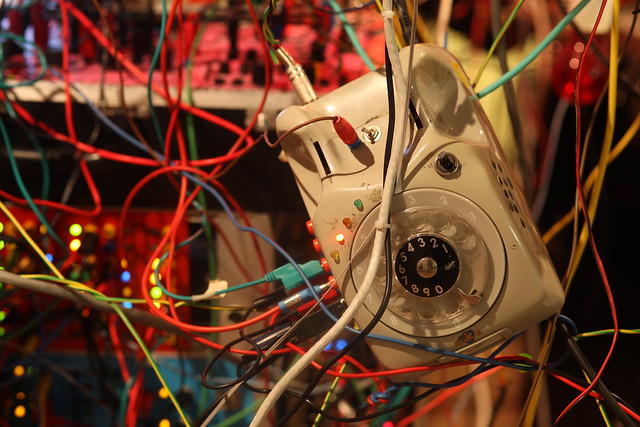
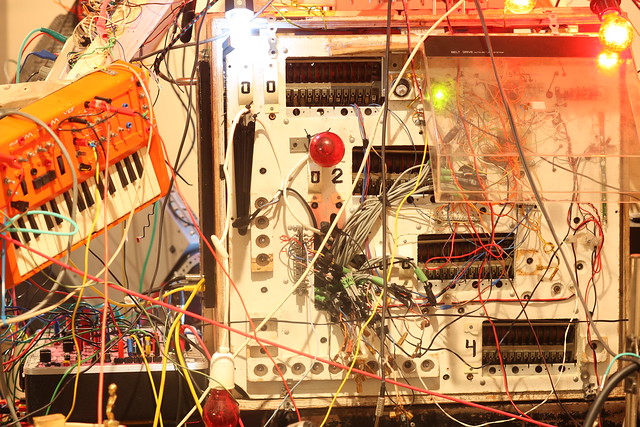

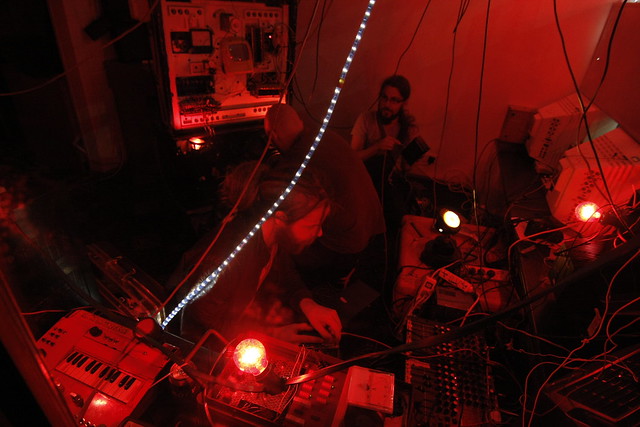
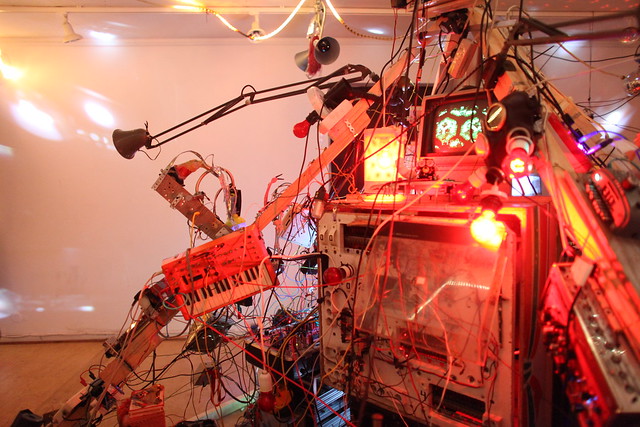
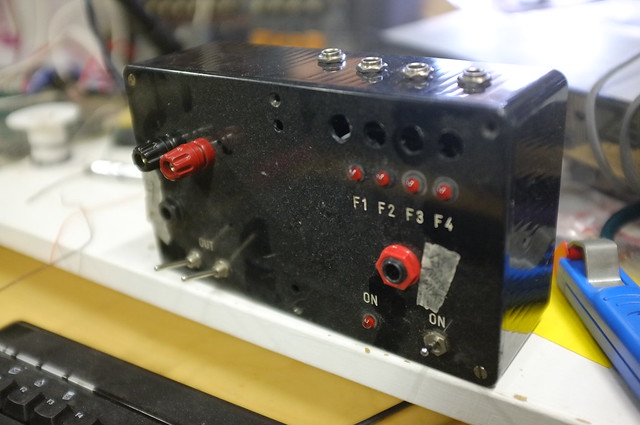
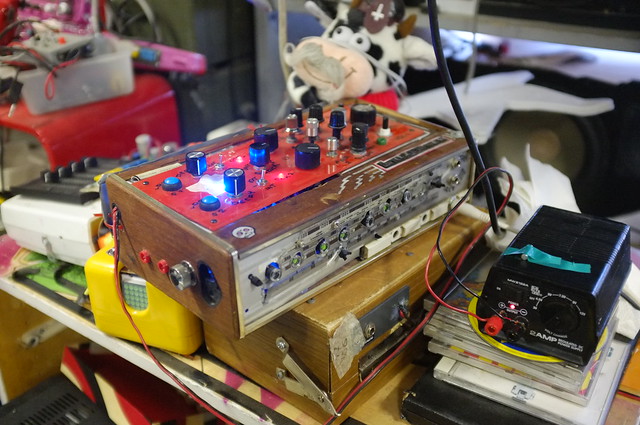

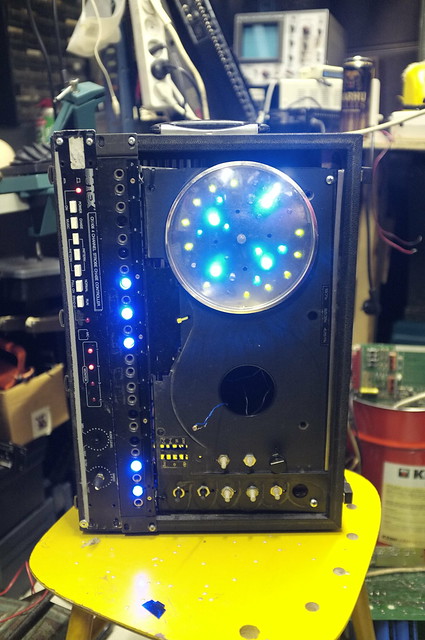 a
a